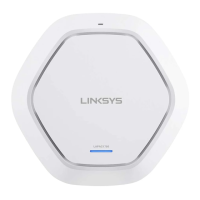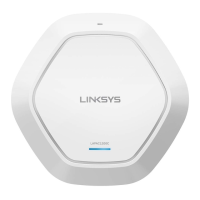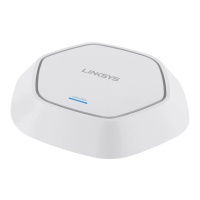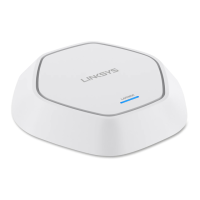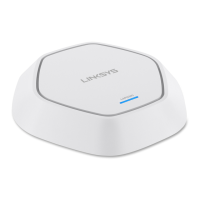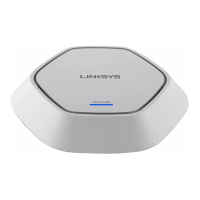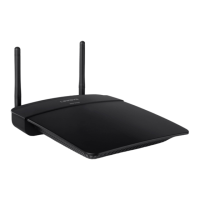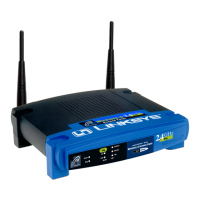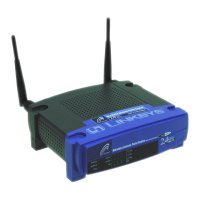75
Section 3: Configuring the Access Point
LAPAC1750PRO Access Point Software User Manual
Table 47: DiffServ Class Map
Field Description
Class Map Configuration
Class Map Name The name can range from 1 to 31 alphanumeric
characters.
Match Layer 3
Protocol
Specify whether to classify IPv4 or IPv6 packets.
Match Criteria Configuration
Class Map Name Select name of the class to configure.
Use the fields in the Match Criteria Configuration area
to match packets to a class. Select the check box for
each field to be used as a criterion for a class and enter
data in the related field. You can have multiple match
criteria in a class.
Note: The match criteria fields that are available
depend on whether the class map is an IPv4 or IPv6
class map.
Match Every Select Match Every to specify that the match condition
is true to all the parameters in a Layer 3 packet.
All Layer 3 packets will match a Match Every match
condition.
Protocol Select the Protocol field to use a Layer 3 or Layer 4
protocol match condition based on the value of the IP
Protocol field in IPv4 packets or the Next Header field
of IPv6 packets.
Once you select the field, choose the protocol to match
by keyword or enter a protocol ID.
Select From List
Select one of the following protocols from the list:
• IP
• ICMP
• IPv6
• ICMPv6
• IGMP
• TCP
• UDP
Match to Value
To match a protocol that is not listed by name, enter the
protocol ID.
The protocol ID is a standard value assigned by the
IANA. The range is a number from 0–255.
IPv4 Class Maps
Source IP Address Select this field to require a packet’s source IP address
to match the address listed here. Enter an IP address in
the appropriate field to apply this criterion.
Source IP Mask Enter the source IP address mask.
The mask for DiffServ is a network-style bit mask in IP
dotted decimal format indicating which part(s) of the
destination IP Address to use for matching against
packet content.
A DiffServ mask of 255.255.255.255 indicates that all
bits are important, and a mask of 0.0.0.0 indicates that
no bits are important. The opposite is true with an ACL
wild card mask. For example, to match the criteria to
a single host address, use a mask of 255.255.255.255.
To match the criteria to a 24-bit subnet (for example,
192.168.10.0/24), use a mask of 255.255.255.0.
